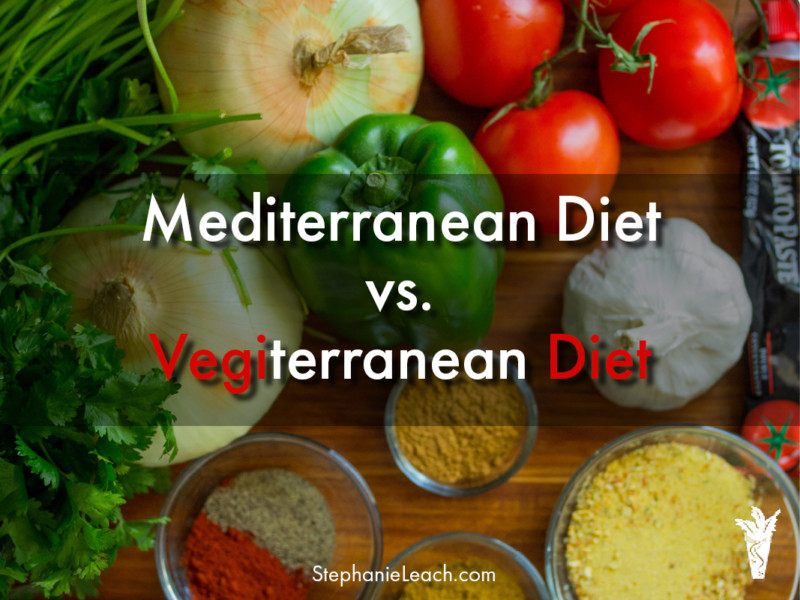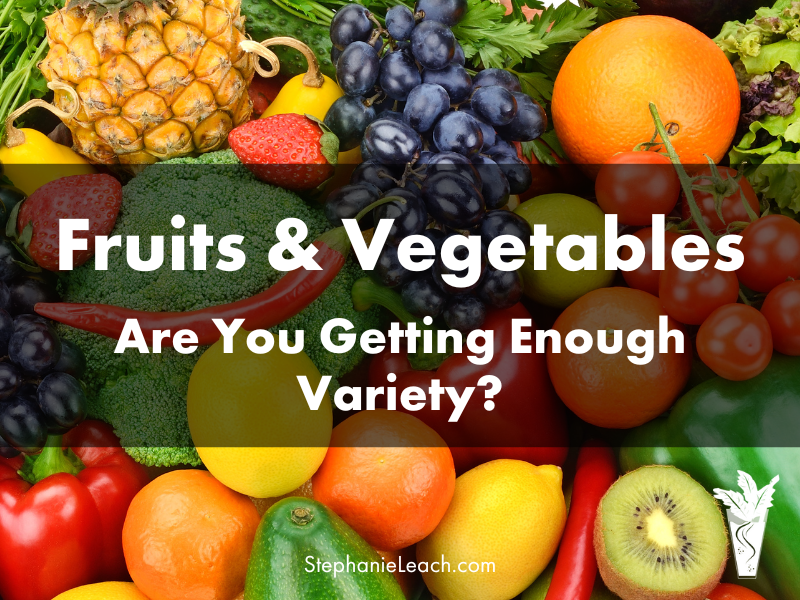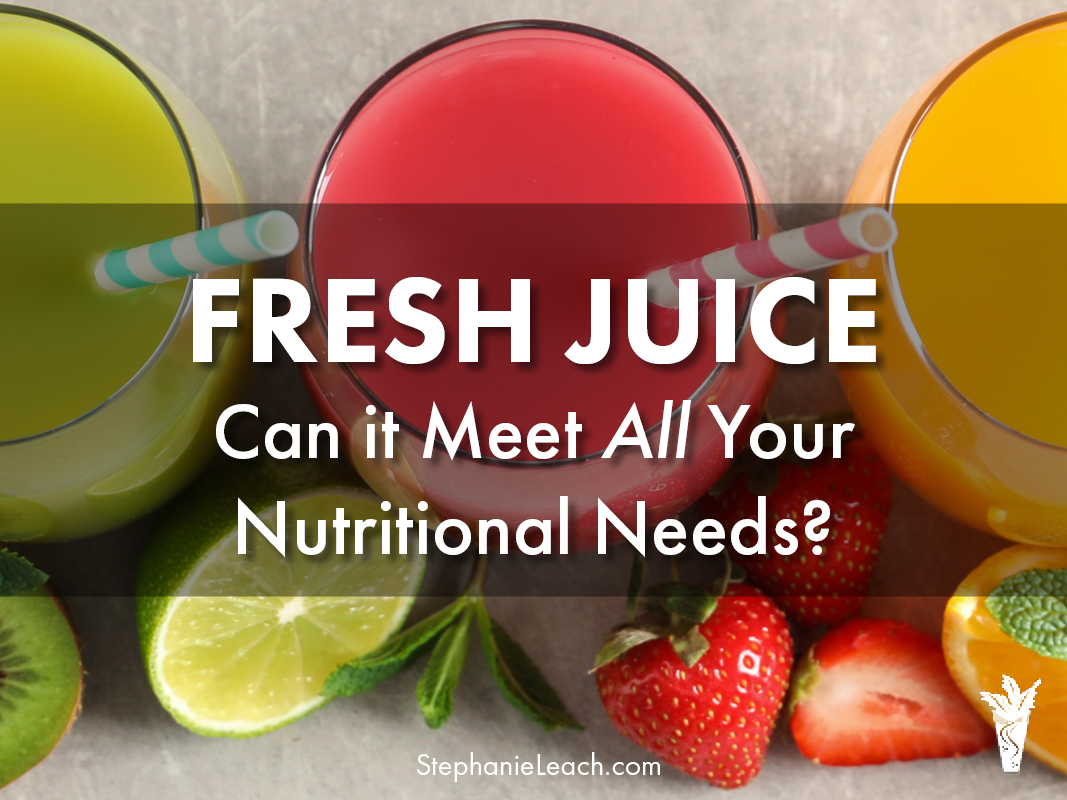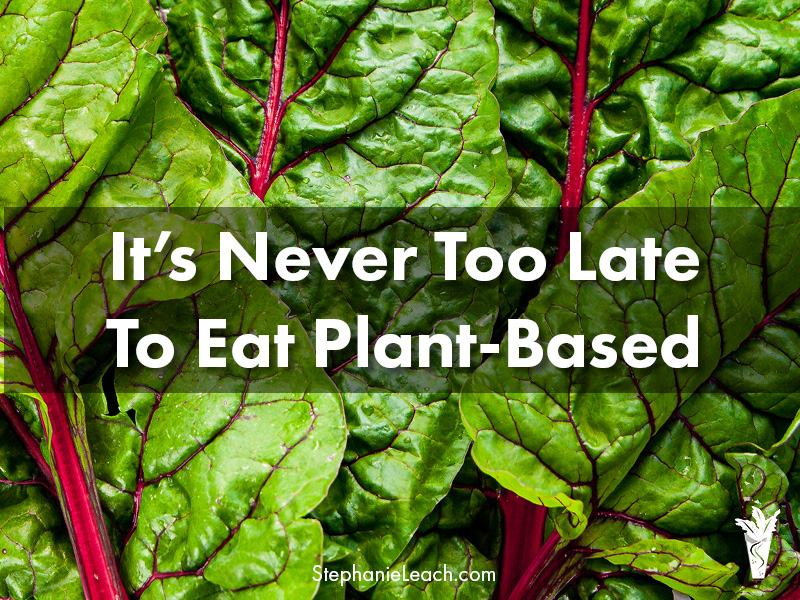If you’re interested in following a Mediterranean Diet to improve your health, you’ll want to read the book, “The Vegiterranean Diet” by Julieanna Hever, MS RD.
The book cuts through the often-repeated myths and gets to the core of the health-promoting foods of the Mediterranean Diet – the whole plant foods.
Julieanna is a Registered Dietitian with an extensive understanding of evidence-based nutrition, and therefore promotes a whole food, plant-based diet and lifestyle for optimal health.
I enjoyed reading this book, and I’ll share the highlights of this delicious and satisfying “Vegiterranean” version of the Med diet later in this post.
First, let’s lay some groundwork.
What is the Mediterranean Diet?
While the Mediterranean area is culturally diverse and includes many kinds of foods, researchers define the Mediterranean diet as one based on the olive-cultivating regions of primarily Greece and Southern Italy in the mid-20th century.
This diet included:
- Lots of fresh, local, whole or minimally processed vegetables, fruits, grains, legumes, nuts and seeds
- Fresh fruit for dessert
- Moderate dairy
- 0-4 eggs per week
- Minimal meat
- Olive oil instead of butter and other fats
- High monounsaturated to saturated fat ratio
- Moderate alcohol, usually wine
This region also had lifestyle factors that support good health, including daily movement, a strong community, and meals prepared and enjoyed in a relaxed atmosphere.
Why the Mediterranean Diet?
So now that we know what it is, why all the fuss?
Because cardiovascular disease is now the #1 cause of death in men and women today. Our diets need to change if we are to live long, healthy lives free of strokes, heart attacks, surgeries and early death.
Dietary research to stem the rising tide of cardiovascular disease began around 1948 and continues to this day.
Crete in 1948
It began with a study of the dietary patterns of residents of Crete. Their diet when studied in 1948 was primarily plant based, with 61% of their calories coming from whole plant foods. Only 7% of their calories came from animal products. Death rates from cardiovascular disease, cancer and kidney disease were one third to one quarter less in Crete compared to the US.
Ancel Keys and the Seven Countries Study
The first of its kind, this study began in 1957 and methodically evaluated the effect of diet and lifestyle on cardiovascular disease risk in the countries of Finland, Greece, Italy, Japan, The Netherlands, United States, and Yugoslavia.
What did he learn from studying 13,000 working men for 30 years in 7 countries with very different dietary patterns?
A diet consisting of less than 10% of calories from saturated fats is required to lower cardiovascular disease risk.
The Lyon Heart Study
While the previous studies were epidemiological, this study was the first controlled trial of the Mediterranean diet in people with heart disease. Participants ate lots of fruit and vegetables and minimal meat and dairy for nearly 4 years. Compared to those eating a “heart healthy diet,” the Mediterranean diet group had half the recurrent heart attacks and other complications and fewer cancers.
PREDIMED
This was the landmark study, first published in 2013, that resulted in the recent surge in popularity of an olive-oil and nut-laden Mediterranean diet. Study participants at risk of cardiovascular disease ate a Mediterranean diet supplemented with extra virgin olive oil or nuts (control group had no change.) The nuts group reduced their stroke risk by 46% compared to 30% in the olive-oil eating group.
“Whereas there was significant worsening of carotid artery thickening and plaque in the no-dietary-changes control group, those in the added-nuts group showed a significant reversal in thickening and an arrest in plaque progression. There were no significant changes in the added olive oil group . . . Note, though, [the nut eating group] were still having strokes, albeit half as many.” – Michael Greger, MD.
Key Takeaway: Olive oil is not a health food. Eat fats in their whole food form (nuts, olives.)
So which components of the Mediterranean diet reduced cardiovascular disease?
Increased consumption of vegetables and nuts.
As more data on the Mediterranean diet pours in, researchers are finding that this way of eating is health promoting in spite of the limited meat, dairy, eggs and oils – not because of them.
The Vegiterranean Diet
This version of the Med diet eliminates the animal products and oils and focuses on the beneficial plants.
The health benefits of a low-fat, whole food, plant-based diet is supported by many studies, like the one by Dr. Esselstyn Jr. Patients dramatically halted and/or reversed their heart disease.
Reversing the #1 killer of men and women today. Not just slowing it down.
(If I’m on a roller coaster ride that ends in heart disease and an early death, I don’t just want the ride to slow down. I want OFF THE RIDE!)
This way of eating also happens to be the easiest way to achieve and maintain a healthy weight, protect your brain, and reduce your risk of many forms of cancer. All important as we age!
Ease Into It
If eliminating all animal products and oils from your diet feels overwhelming, the Vegiterranean diet encourages you to ease into it.
No judgment.
Lifestyle change takes time.
Embrace Julieanna’s ten tenets of the “Vegiterranean way” to help make your transition to a healthy, whole food plant-based diet enjoyable and doable.
#1
Pick Proper Packaging
Basically, stop thinking “low-carb,” “low-fat” and “high-protein.” Consider the whole food, and what you get when you eat it. Whole foods are “packages” of components that have synergistic qualities. When you eat 500 calories of animal-based foods you get lots of cholesterol and fat, no fiber, and very little else beneficial. When you eat 500 calories of plant-based foods you get fiber, zero cholesterol, much less fat, about the same amount of protein, as well as lots more vitamins and minerals and thousands of phytonutrients that fight disease and help you thrive.
#2
Stay Simpler
Good nutrition is simple. Eat whole or minimally processed plant foods. Steer away from foods in boxes and bags, which are usually highly processed and include oils, refined flours, lots of salt, artificial ingredients and colors, and so called “natural flavors.” When you eat clean, whole foods, your taste buds will adjust rather quickly. Your sensitivity to sugar, salt and fat will become more noticeable. Use simple cooking methods to make healthful dishes.
#3
Revel in the Rainbow
Eat the rainbow. The range of colors in produce are due to their different phytonutrient profiles. Each kind offers unique health benefits. Red foods, for instance, contain anthocyanins, lycopene, and other phytochemicals that reduce the risk of cancer. Orange and yellow produce are full of carotenoids and flavonoids that enhance immune function, vision and eye health.
#4
Focus on Fiber
The high fiber content of the Med diet is one of the reasons it is so health promoting. Make half your plate fruits and vegetables at every meal and eat the peels. Eat a cup of beans a day, minimum. Choose whole grain breads, pasta and rice. Enjoy nuts and seeds in moderation, about 2 oz. of nuts a day.
#5
Leverage Legumes and Leafy Greens
Legumes (beans, peas, lentils) are high protein, high fiber, nutrient-dense powerhouses that help you stay fuller longer and promote steady blood sugar levels. Eat 1-1/2 cups a day. Leafy greens are nature’s superfood and promote detoxification and healing. Enjoy leafy greens raw and cooked – at least 2-3 servings a day.
#6
Favoritize Fats
To help manage weight, cholesterol and balance your essential fatty acid intake, stick with fats in their whole food form. This includes nuts, seeds, avocados, and olives.
#7
Sweeten Selectively
Choose whole food sweeteners over calorie-free and refined sweeteners. These include dates, date paste, date syrup, fruit purees, real maple syrup, mashed banana and vegetable purees like sweet potato and pumpkin.
#8
Practice Cautious Calorie Consciousness
Hone in on your personal needs and learn to identify true hunger. Be aware of when you are tempted to eat because of emotions or distractions. Eat in a quiet calm setting if possible. Use a smaller plate. Put down your fork and chew well between bites. Stop watching videos and ads of high fat, high sugar foods. Eat with friends who eat healthfully to avoid social pressure to eat hyper-caloric foods.
#9
Magnify Movement
Make a commitment to move your body in an intentional way. Take the stairs, exercise while watching your favorite show, walk your dog, jump rope, hike, go to a pilates or yoga class.
#10
Master Mindfulness
Take a break from the hustle and bustle. Meditate, write in your journal, spend time outdoors, listen to music, draw, read a book, take a walk.
Julianna’s book goes on to explain how to ensure you are getting adequate protein, vitamins and minerals on a Vegiterranean diet. She also includes suggested meal plans and recipes that showcase the best of Mediterranean cuisine.
I personally love a good Med plate – some quinoa tabbouleh, oil-free humus with pita bread and crunchy bell pepper strips for dipping, a couple of olives, and a medjool date. It hits all the notes – savory, sweet, salty, crunchy, creamy, and oh so satisfying!
Could you use some support?
 If the Vegiterranean diet appeals to you, it is one of the supported “styles” of whole food, plant-based diets that I work with clients on in my health coaching programs. Click here to book your complimentary 30-minute phone health consultation. We’ll discuss your health goals and challenges, and explore options for support.
If the Vegiterranean diet appeals to you, it is one of the supported “styles” of whole food, plant-based diets that I work with clients on in my health coaching programs. Click here to book your complimentary 30-minute phone health consultation. We’ll discuss your health goals and challenges, and explore options for support.










Leave A Comment